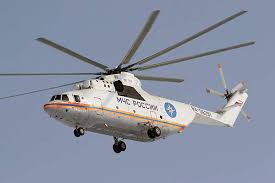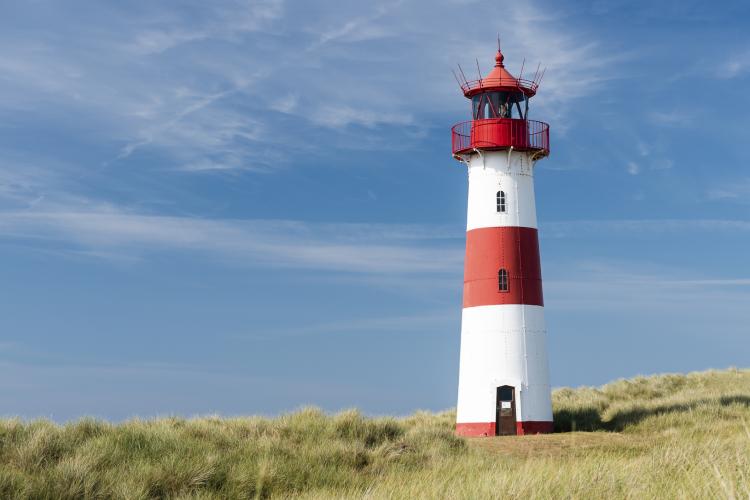Stamp: Public Safety (Scotland, Easdale Island 1991)
Public Safety (Scotland, Easdale Island 1991)
01 January (Scotland, Easdale Island ) within release Public Safety goes into circulation Stamp Public Safety face value 5 British pound sterling
| Stamp Public Safety in catalogues | |
|---|---|
| Colnect codes: | Col: GB-EA 1991-03a |
Stamp is square format.
Easdale is one of the Slate Islands, in the Firth of Lorn, Scotland. The island is owned by Jonathan Feigenbaum (as of 2022), who operates the Easdale Island Company. He succeeded his late father Clive Feigenbaum in 2007 who purchased the major part of the island which is not occupied by housing in 1985. The island's residents say: "No resident of Easdale Island, nor of the surrounding area is, to the best of our knowledge, involved with the production of these stamps. These stamps CANNOT be used as a postage stamp, as Easdale Island is part of the United Kingdom, and therefore our postal service is provided by The Royal Mail. These "stamps" (or labels as they should be called) may have collectors value, but they are certainly not used for postage on this island.". These bogus labels were produced by Stampdile Ltd. which is owned by the Feigenbaum's and are not sold on the island. They were produced purely for personal profits and have no validity to be called British Locals under the rules of what British Local stamps are made for.Stamp Public Safety it reflects the thematic directions:
Aviation is the practical aspect or art of aeronautics, being the design, development, production, operation and use of aircraft, especially heavier than air aircraft. The word aviation was coined by French writer and former naval officer Gabriel La Landelle in 1863, from the verb avier (synonymous flying), itself derived from the Latin word avis ("bird") and the suffix -ation.
A car is a wheeled, self-powered motor vehicle used for transportation and a product of the automotive industry. Most definitions of the term specify that cars are designed to run primarily on roads, to have seating for one to eight people, to typically have four wheels with tyres, and to be constructed principally for the transport of people rather than goods. The year 1886 is regarded as the birth year of the modern car. In that year, German inventor Karl Benz built the Benz Patent-Motorwagen. Cars did not become widely available until the early 20th century. One of the first cars that was accessible to the masses was the 1908 Model T, an American car manufactured by the Ford Motor Company. Cars were rapidly adopted in the United States of America, where they replaced animal-drawn carriages and carts, but took much longer to be accepted in Western Europe and other parts of the world.
A helicopter is a type of rotorcraft in which lift and thrust are supplied by horizontally spinning rotors. This allows the helicopter to take off and land vertically, to hover, and to fly forward, backward and laterally. These attributes allow helicopters to be used in congested or isolated areas where fixed-wing aircraft and many forms of short take-off and landing (STOL) or short take-off and vertical landing (STOVL) aircraft cannot perform without a runway.
A lighthouse is a tower, building, or other type of structure designed to emit light from a system of lamps and lenses, and to serve as a navigational aid for maritime pilots at sea or on inland waterways. Lighthouses mark dangerous coastlines, hazardous shoals, reefs, and safe entries to harbors, and can assist in aerial navigation. Once widely used, the number of operational lighthouses has declined due to the expense of maintenance and use of electronic navigational systems.



